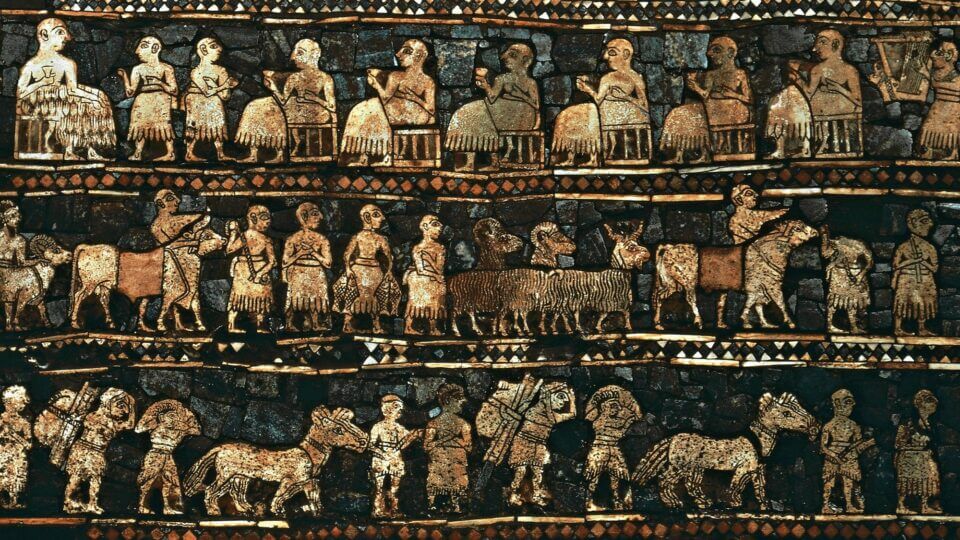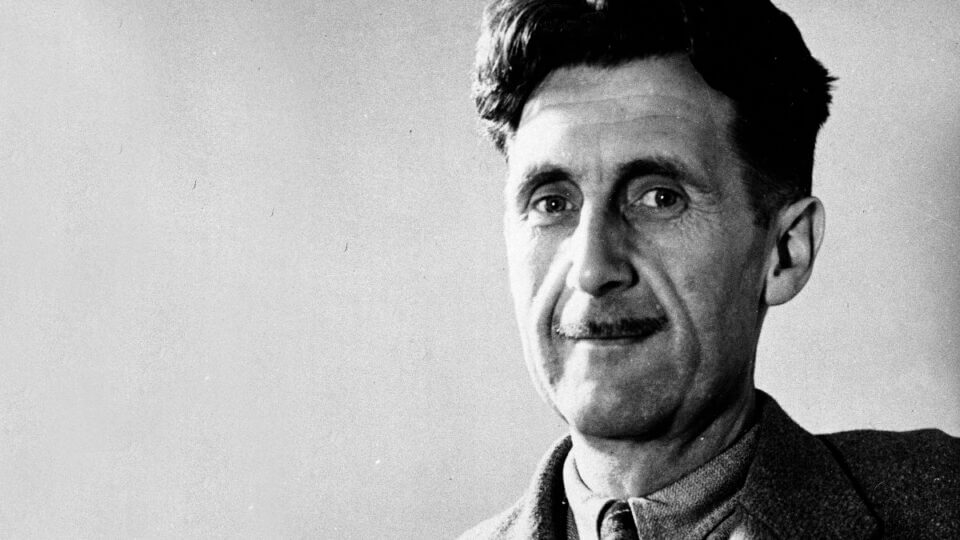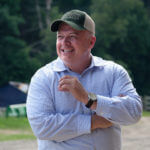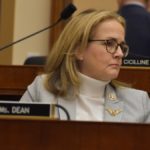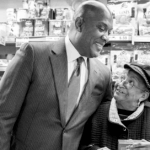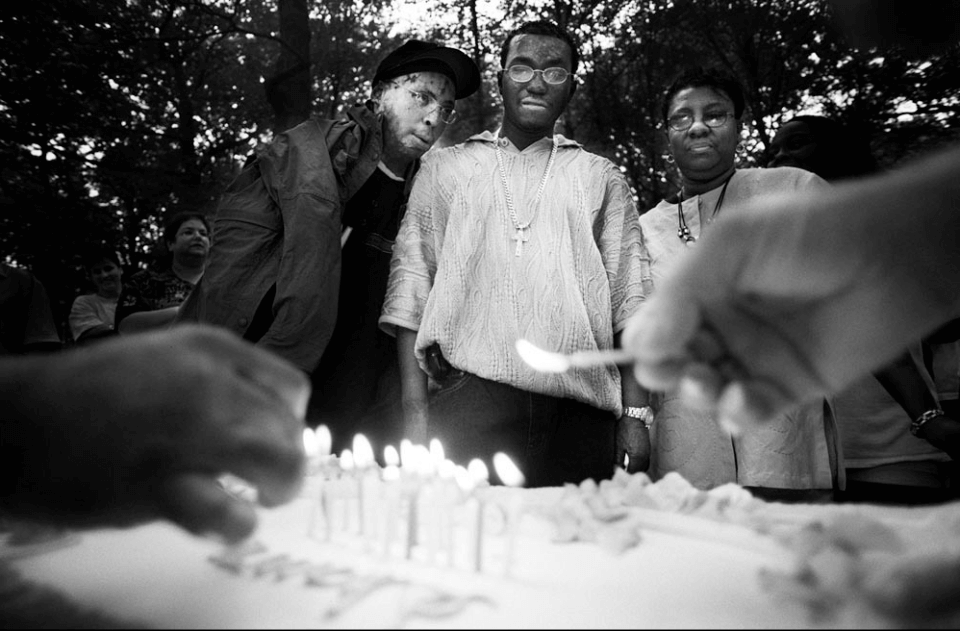
“Photojournalism—and photography in general—is based on a trusting relationship: the relationship between the photographer and the subject. And, in order to really get several layers deep, the photographer needs to reveal their sensitive side.”
Matt Rainey is an award-winning photographer from Clinton, New Jersey, who spent much of his career with Newark’s The Star-Ledger. He received the Pulitzer Prize in Feature Photography in 2001 for his After the Fire series, which depicted the road to recovery for two Seton Hall students who were burned in a dormitory fire. He was also a member of the team that received the 2005 Pulitzer Prize in Breaking News Reporting for covering the resignation of New Jersey’s Governor Jim McGreevey. He joins Merion West’s Erich Prince one year after their first conversation to discuss the current financial state of journalism, his thoughts on the industry, and, most importantly, what he would tell young people considering a career in photojournalism.
Mr. Rainey, really happy to have you back. When we spoke last June, you discussed that The Star Ledger, your former employer, had 34 staff photographers in 1995, and now there are something like five. I’m wondering if you could speak a bit about how these staffing cuts and layoffs have affected photojournalism?
Photojournalism has been significantly affected. There are far more photographers in the marketplace now that are not doing journalism that were doing journalism as a full time job [in the past.] There is also, I would argue, a diminishing pool of work that’s available for these photographers. In many instances, the pricing of photography has changed dramatically because there are so many more photographers in the marketplace, and there’s significantly less work available. So, the prices have gone down. Furthermore, photographers that primarily shoot journalism are on the lower end of the income scale for photography. And photographers that work in journalism don’t necessarily have the skills to properly price a more commercial-oriented shoot. So this means that they are making less money, and the market is making less money.
Is there almost a self-selection going on that more-able photographers are going to work in the industry rather than journalism because there’s more money there?
They’re going to the commercial side of photography because there are fewer opportunities on the journalism side; there are many fewer jobs available in journalism. Those jobs in journalism are generally at the entry level scale, so the salaries are extremely low: lower than a veteran photographer needs to live.
Is the quality of photojournalism in newspapers and online media suffering as a result?
I would put it this way: photojournalism is a younger person’s game at this point because younger people require less income. But, in order to survive as a journalist, you need to have very low overhead. So, I wouldn’t say that the quality is necessarily less; there are tremendously talented young photographers out there. But perhaps it’s the things that are tied to journalism that aren’t necessarily tied to the camera where there’s the degradation in quality. What I mean by that is journalists, in general, carry a skillset with them that is very broad and transferable; the people skills involved with journalism get honed over a long period of time. Interpersonal skills, communication skills, empathy, the kinds of things that are less tangible; those are the skills that the younger journalists and the younger photographers don’t yet have. They have to build their skills over a period of time. The quality of the photography hasn’t necessarily diminished, but the surrounding intangibles don’t exist [for these younger photographers] as they do for a veteran.
For example, Mr. Rainey, we spoke last year about the After the Fires series, and we discussed how you wanted to make yourself scarce when you learned that a subject’s girlfriend was coming over later, for example. And you read the situation and knew it was time for you to excuse yourself and not take any more photographs that day. But maybe some interpersonal skills like this one that you alluded to there aren’t as refined among not just among younger journalists—but among younger people in general?
Correct. The ability to read and understand a situation takes a lot of time to develop so that one can do it subtly and quickly. I’m not speaking for everybody, but some younger professionals may not have that skill developed yet, and, therefore, the industry is suffering because of that. Now back in the earlier days when newspapers were healthier and salaries were higher and a photographer could work 30 or 40 years in that industry, those intangible skills would become very finely honed. And then the quality of all of it goes up because it’s all co-mingled.
Would you still encourage young people to pursue a career in photojournalism?
No. And it kills me to say that. I would not recommend to a young person to pursue photojournalism as a full-time career. I say that only because it’s so hard to make a living doing it nowadays; the costs related to being a contractor or business owner are so high—the cameras, the lenses, the computers, everything affiliated with doing the job—and the returns are so incredibly low. It’s a great field to be part of; it’s romantic and exciting and interesting and incredibly rewarding. I think it’s important that people develop those intangible skills that I talked about. There are other fields within photography where those skills can be developed. I just don’t know how anyone can make a living in journalism anymore.
The work you’re doing now—I suppose you’re applying a lot of those skills you’ve used within photojournalism, and now you’re applying it in a more business-oriented setting.
Yes. Absolutely. I use my journalism skills every single day because I’m in healthcare photography. So much of my career as a journalist was in healthcare-related areas, so what I learned in journalism continues to help me every day.
Do you have hope that new business models media companies are experimenting with might turn the tide and make journalism more economically viable?
My answer to that would be:“I sure hope so.” It’s going to take a commitment from leaders to understand the importance of still photography within journalism. There was a period of time early on when smartphones were coming out, and a decision was made to have reporters fill dual roles: one a reporter and one a photographer with an iPhone. I saw a tremendous drop in photojournalism jobs when that happened. Just hand a reporter an iPhone and go shoot a picture. There needs to be a commitment that a reporter’s role is a reporter’s role, and the photojournalist’s role is what the photojournalist’s role is. They’re co-equal; one does not supersede the other. There needs to be understanding in the newsroom that that is the case. If there is the thought—or the philosophy—that the reporting side supersedes the visual side, then the jobs won’t come back.
Speaking of iPhones, I remember there was a big discussion around 2011 when Annie Leibovitz went on record saying that the iPhone camera was so good, that a photographer could do most of his or her work with an iPhone alone. Is this a view you share?
I do not subscribe to that philosophy. I believe that one needs to utilize the tool that’s designed for the task. It’s one of the reasons why I’m also not a fan of Instagram.
When we talked last time, Jeff Widener, who photographed the Tiananmen Square protests, was speaking favorably about Instagram. But you differed in this view.
Pretty much. I have an Instagram account, but I don’t use it very much. I think Instagram has devalued photography. If you’re going to take on seriously the role of being a photographer, you need to have an understanding of the technology—and the best technology that you can afford to work with.
Is there an aspect of the Instagram movement you find particularly susceptible to undermining the integrity of photography? Is it, for example, competing for the number of “likes” you can get?
I think it has devalued the craft. One used to need to have substantial technical skills in order to create the particular vision that one is going for, and now it seems like there’s a filter for everything. It has turned this highly technical, empathy-driven craft into a place where it doesn’t even qualify as a commodity. And I just think that that’s unfortunate.
You have alluded to various tricks of the trade, and you’ve mentioned fostering empathy, these soft people skills, to warning about the dangers of Instagram. For young journalists who decide to enter the trade despite these financial concerns, what advice would you give them as a veteran photojournalist?
I would advise anyone that they should wear their identity on their sleeves. Photojournalism—and photography in general—is based on a trusting relationship: the relationship between the photographer and the subject. And, in order to really get several layers deep, the photographer needs to reveal their sensitive side. Photographers need to reveal their sensitive side, their empathetic side, so that the subject is trusting of the photographer—so that [the subject] can do the same. That’s where the beauty of the interpersonal relationship can really shine and really flourish; it’s when the photographer reveals themself to their subject.
So it’s a two-way street of openness on the part of both parties?
Absolutely. If you, as the photographer, are not able or willing to reveal yourself to the subject, how can you expect the subject to reveal themself to you?
I think that’s a great place to end, Mr. Rainey. Thank you for joining us again.
It’s really a pleasure. And I appreciate you reaching out.

